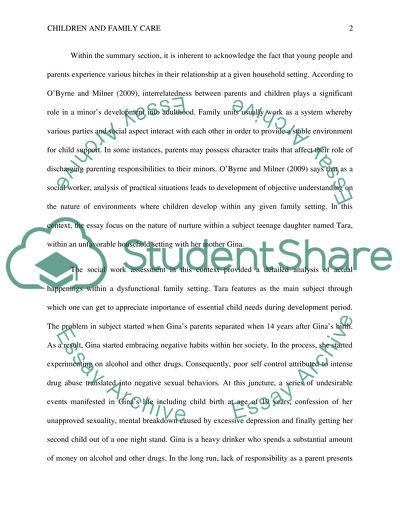Cite this document
(“CHILDREN AND FAMILY CARE Essay Example | Topics and Well Written Essays - 1500 words”, n.d.)
CHILDREN AND FAMILY CARE Essay Example | Topics and Well Written Essays - 1500 words. Retrieved from https://studentshare.org/sociology/1474714-children-and-family-essay-social-work
CHILDREN AND FAMILY CARE Essay Example | Topics and Well Written Essays - 1500 words. Retrieved from https://studentshare.org/sociology/1474714-children-and-family-essay-social-work
(CHILDREN AND FAMILY CARE Essay Example | Topics and Well Written Essays - 1500 Words)
CHILDREN AND FAMILY CARE Essay Example | Topics and Well Written Essays - 1500 Words. https://studentshare.org/sociology/1474714-children-and-family-essay-social-work.
CHILDREN AND FAMILY CARE Essay Example | Topics and Well Written Essays - 1500 Words. https://studentshare.org/sociology/1474714-children-and-family-essay-social-work.
“CHILDREN AND FAMILY CARE Essay Example | Topics and Well Written Essays - 1500 Words”, n.d. https://studentshare.org/sociology/1474714-children-and-family-essay-social-work.


